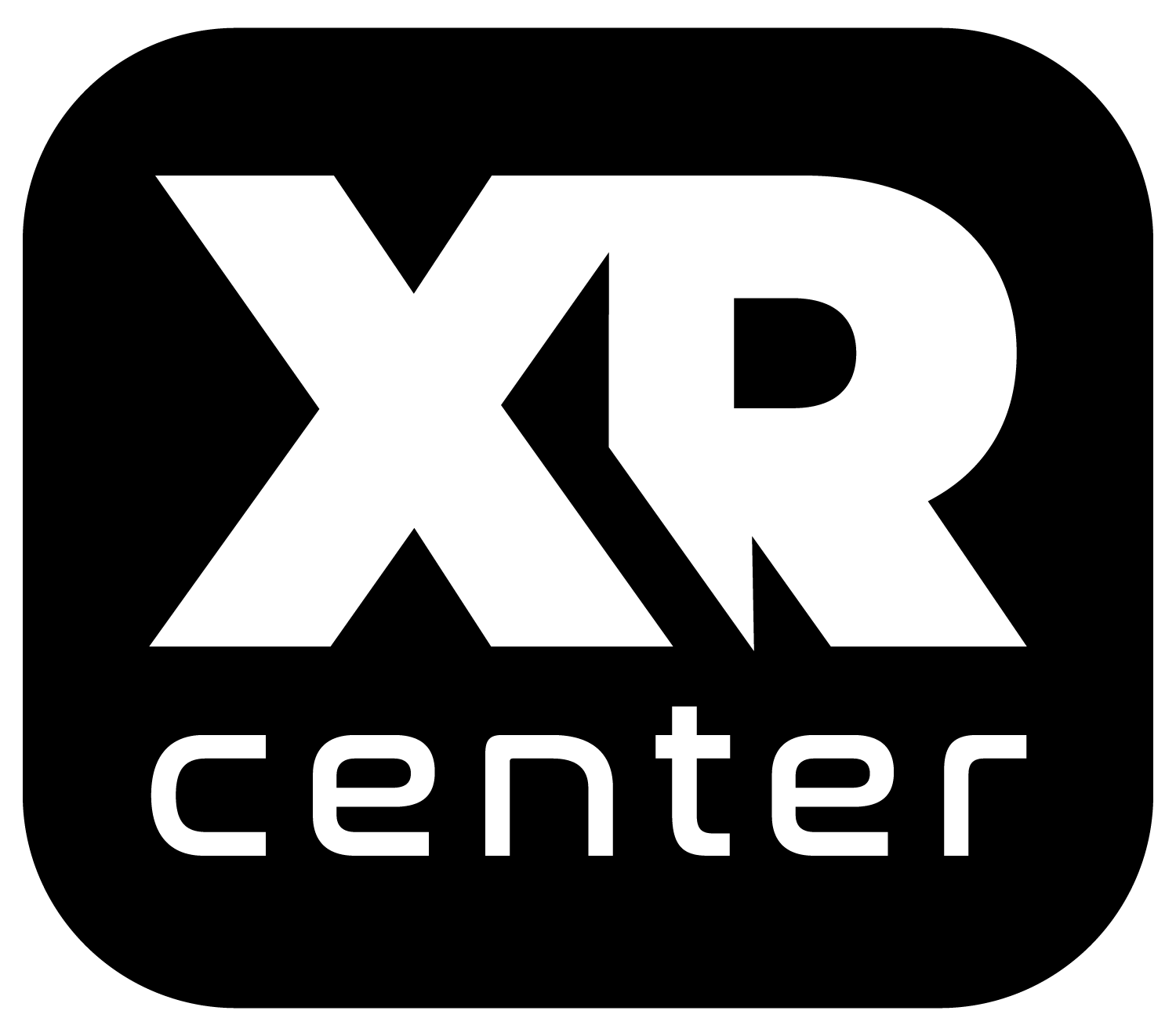Knowledgebase
XR
Extended Reality. In practice, XR is an umbrella term used to describe VR, AR, MR and other current and future technologies that modify the user’s perception of reality in some computer-assisted way. This may be the easiest way to talk about these technologies in general terms. In addition to the traditional terms AR, VR and MR, many companies still have their own views on what technology is involved, for example, in the context of an AR application you may sometimes come across the term assisted reality (aR), which is purely AR, i.e. an augmented reality application.
AR
Augmented Reality is a technology that allows computer-generated content to be added to the real world. One good example of this is Pokemon Go, created by Niantic, which uses augmented reality. Another good example of augmented reality is the use of filters on social media to put a moustache on your face or a hat on your head. AR is a term usually used with lighter elements, such as phones.
3D modelling
3D modelling refers to three-dimensional design using a computer. It can be used to create works of art, houses, equipment or parts thereof, or as a virtual environment in video games or movies with 3D graphics.
Immersion
This refers to immersion in another reality or environment, usually without the player being aware of the world outside the game.
Haptic technology
Haptic technology is technology that uses the body’s sense of touch. For example, a phone vibrates when you press a button or a controller vibrates when you fire a gun.
VR
Virtual Reality refers to a three-dimensional artificial reality created by computer simulated senses. Most often, virtual reality uses features that stimulate the senses of sight, hearing and touch. Virtual reality is widely used in gaming and other entertainment applications, but it is also beginning to make inroads in marketing, education and rehabilitation. Probably the most widely known technology.
MR
Mixed Reality. MR technology can be seen as a combination of AR and VR technologies, hence the name “Mixed Reality”. In practice, the technology is only available on wearable devices such as Microsoft Hololens. This technology refers to the combination of the real world and the computer-generated world. In practice, the difference is that the devices scan their environment continuously, allowing computer-generated elements to be merged with the real world, and the computer-generated elements can also interact with objects in the real world. Often MR and AR technologies are easily confused and may often be referred to interchangeably.
360 degrees
This refers to a still or video image taken as a panoramic image and extending 360 degrees from the same point. 360 images are an easy way to showcase different spaces, for example. The image is not focused on any particular object and the viewer can decide which way to turn the image.
FoV
Field of View or Field of Vision, or FoV, refers to how far the camera can see and how much you can fit into the frame.
Latency
Refers to the delay that occurs when a computer sends a packet to a server.

